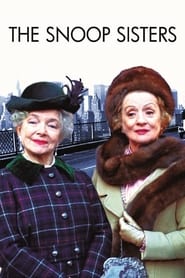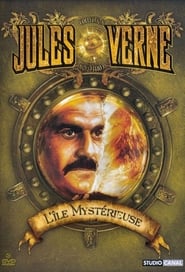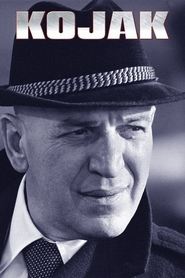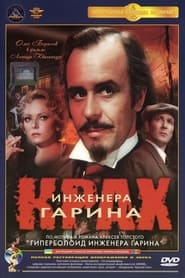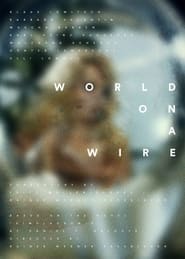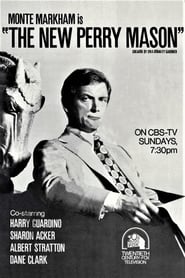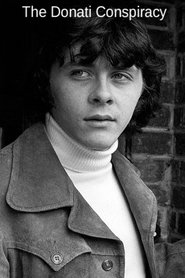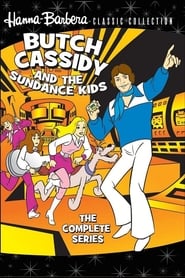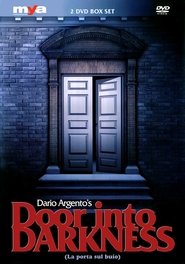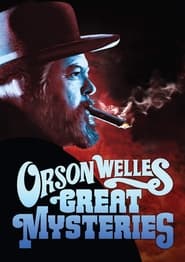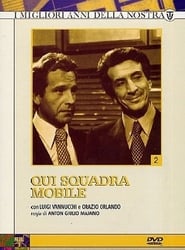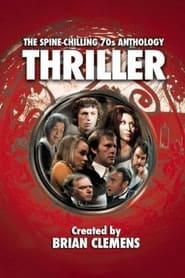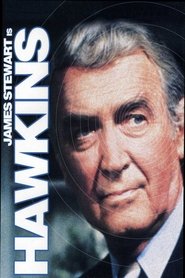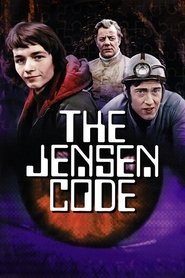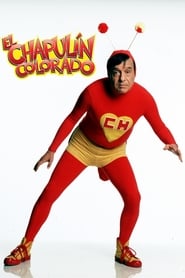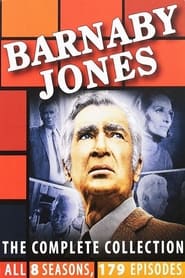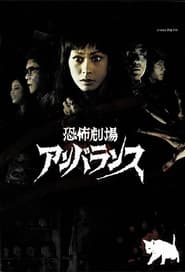New Mystery TV Series - Page 327
-
The Snoop Sisters
1973
-
Mysterious Island
1973
Mysterious Island
1973
star 6.1During the American Civil War, five prisoners of war manage to escape in a balloon. They are driven far across the sea to an unknown island, far from civilization. The legendary captain Nemo (world star Omar Sharif), who is trapped in a huge underground cave with his submarine Nautilus, watches the group. When the stranded people are discovered by pirates, Nemo helps them with a host of his super technology... -
Kojak
1973
Kojak
1973
star 7A bald, lollipop sucking police detective with a fiery righteous attitude battles crime in New York City. -
Failure of Engineer Garin
1973
star 8At the end of the 1920s, in Petrograd, on Krestovsky Island, the corpse of a man similar to the engineer Garin was found. Garin himself managed to take advantage of the brilliant discovery of the scientist Mantsev and designed an apparatus with destructive power. A dangerous hunt begins for this invention. Having faked the death, he emigrated from Russia and, under the guise of a French businessman, tries to establish contacts with the head of one of the European financial concerns, Rolling. Garin's ultimate goal is power over the world... -
World on a Wire
1973
World on a Wire
1973
star 7.2Cybernetics engineer Fred Stiller uncovers a massive corporate conspiracy involving a virtual reality computer project. -
The New Perry Mason
1973
-
The Donati Conspiracy
1973
star 7Contemporary thriller series set in a parallel Britain where the country is ruled by a fascist dictatorship. -
Butch Cassidy
1973
Butch Cassidy
1973
Butch Cassidy was a Saturday morning cartoon produced by Hanna-Barbera Productions in 1973 for NBC. The series title is a play on the name of the unrelated 1969 film Butch Cassidy and the Sundance Kid. The character's music group is called the Sundance Kids. -
Door Into Darkness
1973
Door Into Darkness
1973
star 6.8"The Door to Darkness" is an anthology miniseries of four hour-long thrillers. The series' curator and producer is Dario Argento, the undisputed master of suspense cinema, who directs one of the four films under the pseudonym Sirio Bernadotte. -
Orson Welles' Great Mysteries
1973
star 6.7Orson Welles' Great Mysteries was a British television series The series was an anthology of different tales. Each episode was introduced by Orson Welles, who was the only regular actor in the series. In the opening titles, Welles would be shown in silhouette as he walked through a hallway towards the camera, smoking a cigar and outfitted in a broad-brimmed hat and a huge cloak, the outfit itself being a nod to his having provided the voice of The Shadow in the radio program. When he actually appeared on-screen to introduce the episodes, his face would be all that would be shown, in extreme close-up and very low lighting. -
Qui squadra mobile
1973
-
アイフル大作戦
1973
アイフル大作戦
1973
A story about the principal of the "Aiful" Detective School, Ryoko Kishi (Mayumi Ogawa), and her students, who attend various crime scenes every time they attend classes about detectives and actually solve the cases. Compared to the previous work "Key Hunter", the content was developed with a slightly stronger comedy color. -
Thriller
1973
Thriller
1973
star 6.6Thriller is a British television series, originally broadcast in the UK from 1973 to 1976. It is an anthology series: each episode has a self-contained story and its own cast. As the title suggests, each story is a thriller of some variety, from tales of the supernatural to down-to-earth whodunits. -
Le Premier Juré
1973
Le Premier Juré
1973
-
Hawkins
1973
Hawkins
1973
star 7.2The cases of slow-talking but high-powered West Virginia attorney Billy Jim Hawkins. -
The Jensen Code
1973
The Jensen Code
1973
star 5.5Sixteen-year-old Terry Connor is sent, along with a few of his friends, to an Outward Bound centre. On his first day at the centre Terry is taken pot-holing by the senior instructor, Alex. All goes well until, at 100 feet underground, Alex goes to search for the torch that Terry has dropped. Hours pass, and, to Terry’s astonishment, when Alex finally returns he has no recollection whatever of having been absent. Terry suspects something sinister is taking place – it is surely no coincidence that there is a secret Ministry of Defence establishment nearby. But just how deeply his curiosity will involve him in dangerous matters becomes clear when he learns the truth about the ‘Jensen Code’... -
El Chapulín Colorado
1973
-
Barnaby Jones
1973
Barnaby Jones
1973
star 6.9Barnaby Jones is a television detective series starring Buddy Ebsen and Lee Meriwether as father- and daughter-in-law who run a private detective firm in Los Angeles. The show ran on CBS from January 28, 1973 to April 3, 1980, beginning as a midseason replacement. William Conrad guest starred as Frank Cannon of Cannon on the first episode of Barnaby Jones, "Requiem for a Son" and the two series had a two-part crossover episode in 1975, "The Deadly Conspiracy". -
Horror Theater Unbalance
1973
Horror Theater Unbalance is a 1973 Japanese Anthology television series created by Tsuburaya and Fuji TV to air on the Fuji TV network on Monday Nights for 13 episodes. Originally started in production in 1969, it was shelved and took years for its airing debut to begin its broadcast, before production was eventually completed at the end of 1972. It was then aired on Fuji TV in 1973.
 Netflix
Netflix
 Amazon Prime Video
Amazon Prime Video
 Apple iTunes
Apple iTunes
 Apple TV Plus
Apple TV Plus
 Disney Plus
Disney Plus
 Google Play Movies
Google Play Movies
 Paramount Plus
Paramount Plus
 Hulu
Hulu
 HBO Max
HBO Max
 YouTube
YouTube
 fuboTV
fuboTV
 Peacock
Peacock
 Peacock Premium
Peacock Premium
 Amazon Video
Amazon Video
 The Roku Channel
The Roku Channel
 AMC+
AMC+
 Kocowa
Kocowa
 Hoopla
Hoopla
 The CW
The CW
 Vudu
Vudu
 Starz
Starz
 Showtime
Showtime
 PBS
PBS
 Pantaflix
Pantaflix
 FXNow
FXNow
 Tubi TV
Tubi TV
 Kanopy
Kanopy
 Comedy Central
Comedy Central
 Crunchyroll
Crunchyroll
 Microsoft Store
Microsoft Store
 Redbox
Redbox
 Sun Nxt
Sun Nxt
 ABC
ABC
 DIRECTV
DIRECTV
 Crackle
Crackle
 Fandor
Fandor
 Plex
Plex
